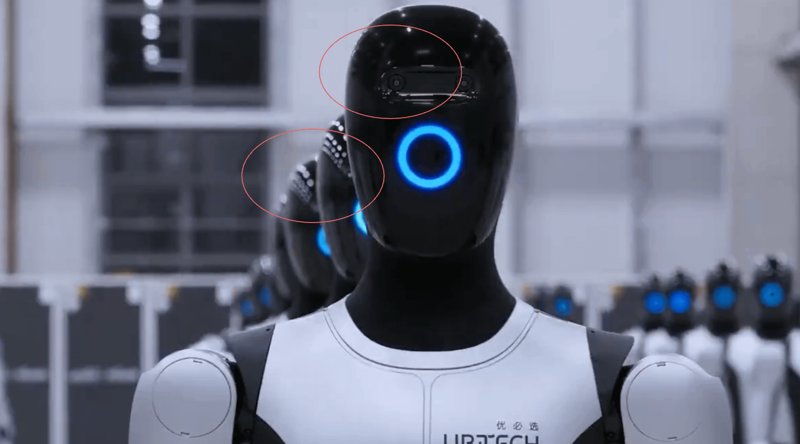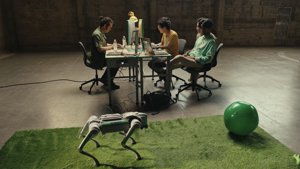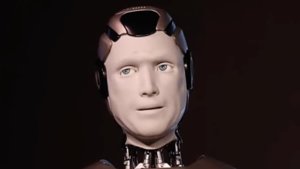In the increasingly theatrical world of humanoid robotics, Figure CEO Brett Adcock has thrown down the gauntlet, accusing Chinese competitor UBTECH Robotics Corp Ltd of using computer-generated imagery to fake a video of its robots being mass-produced. Adcock, never one to shy away from a public spat, called out the video which shows rows upon rows of UBTECH’s Walker S2 humanoids, suggesting that only the robot in the foreground is real.
Adcock’s accusation hinges on a seemingly minor detail: the reflections on the robots’ heads. In a post on X, he stated, “Look at the reflections on this bot, then compare them to the ones behind it… If you see a head unit reflecting a bunch of ceiling lights, that’s a giveaway it’s CGI.” The accompanying image zooms in on the glossy craniums, highlighting the apparent lack of detailed reflections on the models in the background. This digital sleight of hand, if true, would be a bold move from UBTECH, which recently announced it had secured over 800 million yuan (about $112 million USD) in orders for its Walker S2 model this year.
The claim comes as UBTECH has been on a promotional tear, touting itself as having completed the “world’s first mass delivery of humanoid robots.” The company, which was the first humanoid robotics firm to be listed in Hong Kong, has announced a series of major contracts throughout 2025 and aims to deliver more than 500 industrial robots this year. While UBTECH has not yet publicly responded to the CGI allegations, the incident underscores the high-stakes battle for perception in the robotics industry.
Why is this important?
In the capital-intensive race to build and deploy humanoid robots, demonstrating manufacturing scale is just as crucial as demonstrating technical prowess. Cinematic videos are standard marketing fare, but accusations of faking production capabilities can erode investor and customer trust. This public call-out by a direct competitor highlights the immense pressure on firms to project an image of rapid progress. Whether UBTECH’s video is a clever marketing visualization or a deceptive fake, the controversy reveals a critical new battlefield for robotics companies: authenticity.






